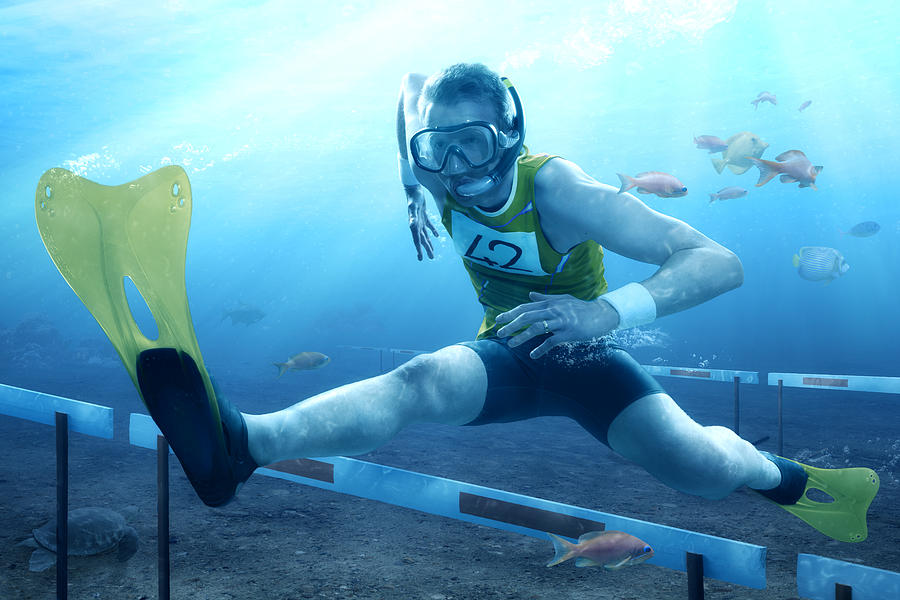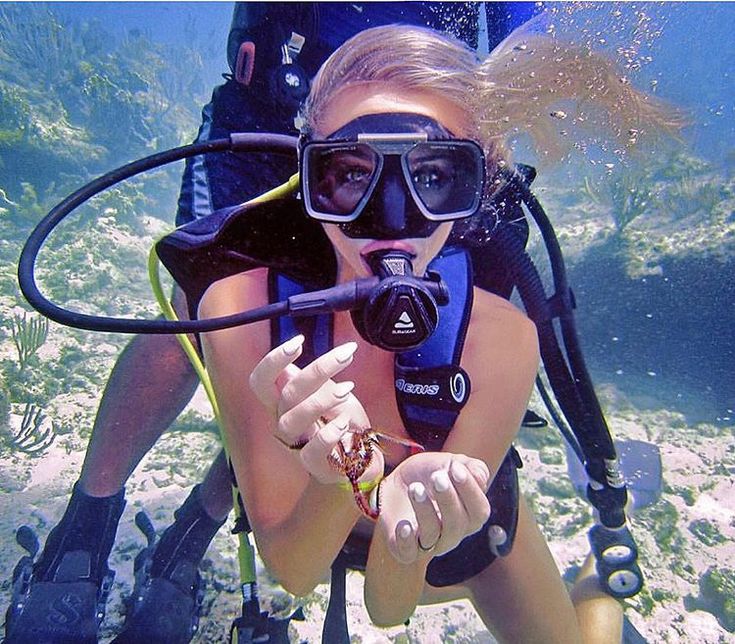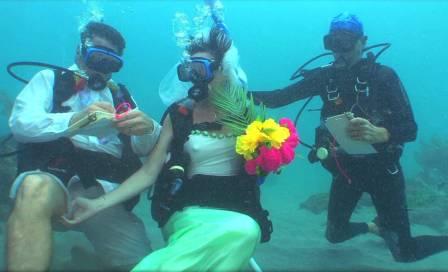Scuba diving lessons puerto rico: Scuba Certifications | Paradise Scuba Snorkeling Center
Puerto Rico Scuba Diving Certification|Rincón Diving & Snorkeling
Get Certified, Refresh Your Skills
Or Advance Your Diving Practices
Certified Professional Instructors
Your guides are certified professional divemasters and instructors who are well versed in ensuring guests feel comfortable at all times.
Safety is Our Priority
You will have safety briefings before every excursion and we require you to fill out health questionnaires and waivers.
Eco-Friendly Practices
Our dive center runs on solar power and rainwater – we are dedicated to protecting our natural surroundings.
Gift an Experience
Certified Professional Instructors
Your guides are certified professional divemasters and instructors who are well versed in ensuring guests feel comfortable at all times.
Safety is Our Priority
You will have safety briefings before every excursion and we require you to fill out health questionnaires and waivers.
Eco-Friendly Practices
Our dive center runs on solar power and rainwater – we are dedicated to protecting our natural surroundings.
Gift an Experience
Read What Our Guests Say
Amarelis Colon
Google Reviews
I would recommend this place. I was nervous my first time diving and they made me feel safe and were always very attentive to everything. Great experience 👍
Daniel Y
TripAdvisor Reviews
I got to do four amazing dives. We had enough time on all of them after I had demonstrated the skills that we got to look through the coral reef at Stella every single time. It was a great experience and my guide was very knowledgeable about diving.
Bryan Samars
Google Reviews
The staff was knowledgeable and prepared, and the shop was well-equipped. Brenda’s the best and made our experience as great as it was. Couldn’t have had a better time.
Couldn’t have had a better time.
Luis R
TripAdvisor Reviews
Amazing! Couldn’t have asked for a better crew to help my family and me! I’d like to personally thank both Brenda and Jenna for all of their help! We all can’t wait till our next dive! Awesome time! 💪🏽✊🏽
Edwin Rodriguez
Google Reviews
Claire was exceptional… very patient and very informative… she not only made sure we had a good time but made sure we were safe and had a good time… definitely would book again
Celeste-Monique
TripAdvisor Reviews
Been coming to Rincon off and on since the early 80s and had never gone snorkeling here!!! I missed out. It was fabulous: we saw multitudes of multicolored fish, corals of all shapes and sizes and a turtle!!
Rosie Gonzales
Google Reviews
My husband and I have never been in the ocean let alone snorkeling. This was one of the best parts of our trip, Matthew was our guide and was wonderful. Had a great time, Definitely worth every penny.
This was one of the best parts of our trip, Matthew was our guide and was wonderful. Had a great time, Definitely worth every penny.
Read More Reviews on TripAdvisor(opens in a new tab)
Read More Reviews on Google(opens in a new tab)
PADI Open Water Diver Course Puerto Rico by Island Scuba in Guanica
Open Water
Diver certification begins here. Start with PADI’s online eLearning course. Move to the pool and practice your new skills. Then experience four open water (ocean/lake) dives.
During the PADI Open Water Diver course, you’ll learn what you need to know to explore the underwater world using scuba. Most people find it a rewarding challenge.
The PADI Open Water Diver course includes three parts: Knowledge Development, Confined Water Dives, and Open Water Dives. Knowledge Development covers the principles, concepts and terms you need to know for dive safety and enjoyment. During the Confined Water Dives, you learn and practice scuba skills in a pool or water with pool-like conditions. You’ll enjoy making one or more minidives, which take you through the same steps you follow when you make open water dives. To complete training you practice, apply and demonstrate what you learn during four Open Water Dives at a local dive site.
You’ll enjoy making one or more minidives, which take you through the same steps you follow when you make open water dives. To complete training you practice, apply and demonstrate what you learn during four Open Water Dives at a local dive site.
Earning a PADI Open Water Diver certification shows that you met the course requirements. Dive centers and resorts require proof of certification before they will rent scuba equipment, fill scuba cylinders or book dive excursions. As a PADI Open Water Diver, you’ll be trained to a maximum depth of 18 metres/60 feet, and are qualified to dive in conditions as good as, or better than, those in which you trained. It’s just the beginning of a lifetime filled with dive adventures.
Academic
The PADI Open Water Diver course consists of three main phases:
- Knowledge Development ( online, independent study or in a classroom) to understand basic principles of scuba diving
- Confined Water Dives to learn basic scuba skills
- Open Water Dives to use your skills and explore!
- You may be able to get college credit for the Open Water Diver course.

Short on time? The PADI Scuba Diver course might be right for you.
Available Languages
For information on other available languages please contact your PADI Dive Center.
Equipment
In the PADI Open Water Diver course, you learn to use basic scuba gear, including a mask, snorkel, fins, regulator, buoyancy control device and a tank. The equipment you wear varies, depending upon whether you’re diving in tropical, temperate or cold water.
Check with your local dive center about the gear you’ll use during this course and get advice about everything you need from your PADI Instructor.
Getting Started
You can start your learning now with PADI’s home-study materials – Open Water Diver eLearning. You should also stop by your local PADI dive shop to enroll in the course and speak to a PADI Instructor about scheduling time for inwater training. Your instructor will also answer any questions you have along the way and check your progress to make sure you understand important scuba diving information.
Book Now!
The Cabin
The Cabin is a unique experience, it’s quaint, comfortable for travelers on the go or on getaways. Delightful one-bedroom with full bed for single person or a couple. Private luxury outdoor shower where you can cleanse and purify under a sunny or a starlit sky.
Learn More
Sea Rider Dive Center (Mindoro, Philippines)
Rate this post
- Address: Sabang Beach, Puerto Galera, 5203, Philippines
- Phones: +63 906 454 5602
- Mobile: +63.921.588.5994
- E-mail: [email protected]
- Website: http://www.seariderdivecenter.com/
- Facebook: https://www.facebook.com/seaderdivecenter/
- Twitter: https://twitter.com/searide
- Youtube: https://www.youtube.com/user/searider05
List of services and prices:
Courses:
- Discover Scuba Diving P2,500.00 / $55 USD
- Open Water Diver P14,000.00-P19,000.
 00 / $311-422 USD
00 / $311-422 USD - Adventures in Diving Call/email for pricing and other details
- Advanced Open Water Diver Call/email for price and other details
- Rescue Diver + EFR Call/email for price and other details
Training and certification information, certification conditions:
Discover Scuba Dive
This is for adrenaline junkies with no scuba experience who want to try something new. There will be scuba diving lessons that will surely change your life.
Open Water Diver
Learn underwater skills and do some open water dives with an instructor. It takes 3-4 days to complete the training. We teach PADI and SSI.
Advanced Courses
Advanced Open Water Rescue + RFO and Dive Master Internship. Be a diver who is ready for depths, currents and wrecks. Learn to provide first aid in an emergency.
- Please call/email for more details
Named dive sites:
- Canyons
- Verde Island
- Hole in the Wall
- West Escarceo
- Sinandigan Wall
- Alma Jane
- Sabang Wreck
- The Hill (Muck Dive)
- Dungon Wall
Monkey Beach
Spoken languages:
- English
Sea Rider Dive Center is described on the independent portal tripadvisor®, read reviews, see ratings: https://www. tripadvisor.ru/Attraction_Review-g294254-d2038226-Reviews-Sea_Rider_Dive_Center-Puerto_Galera_Oriental_Mindoro_Province_Mindoro.html Sea Rider Dive Center:
tripadvisor.ru/Attraction_Review-g294254-d2038226-Reviews-Sea_Rider_Dive_Center-Puerto_Galera_Oriental_Mindoro_Province_Mindoro.html Sea Rider Dive Center:
- Address: Sabang Beach, Puerto Galera, 5203, Philippines
- Phones: +63 906 454 5602
- Mobile: +63.921.588.5994
- E-mail: [email protected]
- Website: http://www.seariderdivecenter.com/
- Facebook: https://www.facebook.com/seaderdivecenter/
- Twitter: https://twitter.com/searide
- Youtube: https://www.youtube.com/user/searider05
Hotels near the dive center:
1. Elna’S Hotel
Address: National Road, Small Tabinay, Puerto Galera, 5203, Philippines
2. ARK BAYZ SUITES
Address: Western Nautical Hwy, Sabang Beach, Puerto Galera, Oriental Mindoro, Philippines
3. Sabang Beach Resort
Address: Puerto Galera, Oriental Mindoro, Philippines
3. Manarra Sea View Resort
Address: McFadden Skyway, Sabang Beach, Puerto Galera, Oriental Mindoro, Philippines
In the pool with a head.
 Edge of the Possibility: The Science of Survival
Edge of the Possibility: The Science of Survival
When I arrived in Puerto Rico, I had zero scuba diving experience, let alone diving to the bottom of the sea. I left a different person. Scuba diving among coral reefs has fascinated me for life.
I then arrived at a research institute in San Juan, the capital of Puerto Rico. Housed in an ancient stone fort clinging to the city wall on a high seaside cliff, this institute studies the functioning of nerve cells, possible connections between the nervous and immune systems, and the many rare and beautiful creatures that live on the island and in the surrounding sea waters. In addition to scientific laboratories, the institute has a hostel for guests from afar, like me. And although I spent most of my time in the institute building, twice I managed to visit the coral reefs that frame the island.
On my first trip, after equipping me with scuba gear, my friends paddled with me through the shallow water that borders the coral atoll while I got used to the apparatus. Looking at the fish scurrying over the sandy bottom, I came to my senses only when I started to choke, and my friend, instead of helping, on the contrary, tried to make me plunge headlong. I protested – the cylinder ran out of gas. “It’s okay,” my friend replied. “Let’s swim with a snorkel.”
Looking at the fish scurrying over the sandy bottom, I came to my senses only when I started to choke, and my friend, instead of helping, on the contrary, tried to make me plunge headlong. I protested – the cylinder ran out of gas. “It’s okay,” my friend replied. “Let’s swim with a snorkel.”
So I ended up in an underwater paradise.
Moving my head back and forth in time with the movements of a smooth underwater ballet, I saw how my hair flowed with the current. Myriads of fish swarmed around, shimmering like gems with all the colors of the rainbow. Small and nimble, with blue and yellow stripes, so flat that the full face becomes completely invisible. Some more, synchronously, all in a jamb, winding between the crevices of the reef. Fish in black and purple spots; with eyes on the caudal fin, with a dorsal fin flying like a veil; dressed in silver and blue or wrapped in gaudy patchwork quilts. Here a flock of large gloomy gray-brown groupers swam imposingly. A coral fish with pink and olive spots ran for cover. I held in my hand a small bag of cheese crumbs, as soon as I opened it slightly, hungry beggars immediately flocked to the smell. Who would have thought that fish are interested in cheese … Something touched my leg, and looking down, I saw a small fish with pouting, like silicone lips, biting my ankle. Fascinated by this incredible underwater kingdom, I constantly forgot that I had to surface from time to time to take a breath of air.
I held in my hand a small bag of cheese crumbs, as soon as I opened it slightly, hungry beggars immediately flocked to the smell. Who would have thought that fish are interested in cheese … Something touched my leg, and looking down, I saw a small fish with pouting, like silicone lips, biting my ankle. Fascinated by this incredible underwater kingdom, I constantly forgot that I had to surface from time to time to take a breath of air.
Three days later dawn was gray and cloudy – not the best environment for a first scuba diving lesson in my opinion. On the way, my companions repeated the instructions for the twenty-fifth time: “Stay close to us … Just a little, immediately surface … On the rise, be sure to exhale, do not forget … Do not get cold …” I diligently shook my mustache. It began to rain at the dock. Jumping on the waves, we directed the boat to the reef and moored on the lee side of a small wooded island. The boat rocked on the waves, thunderclouds gathered overhead. I leaned over the side, trying to see the reef, but the water was cloudy from yesterday’s storm, which had raised clouds of sand from the bottom. I carefully plunged into the sand suspension, rolled over the heavy gas cylinder behind my back and fastened the weight belt. I thought that I would dive right away, but it turned out to be surprisingly buoyant.
I leaned over the side, trying to see the reef, but the water was cloudy from yesterday’s storm, which had raised clouds of sand from the bottom. I carefully plunged into the sand suspension, rolled over the heavy gas cylinder behind my back and fastened the weight belt. I thought that I would dive right away, but it turned out to be surprisingly buoyant.
– It’s okay, they told me. – Grab the anchor chain and move along it to the bottom, we will go right behind you.
I obediently followed the advice, but no matter how hard I tried, moving my hands along the chain, I was stubbornly pushed to the surface, like a float. And for some reason, the air from the cylinders did not come in any way.
– What is it? Are you afraid? one of the comrades asked, noticing my somersaults.
“Yes,” I answered softly and realized that I was really just terrified. Numerous reminders must be exhaled during an urgent ascent, so that the lungs do not burst, are not in vain.
“Okay,” he said. – Get on the boat. There is no fear underwater.
– Get on the boat. There is no fear underwater.
– But…
– No, I’m sorry. Let’s get on the boat.
I doomedly rolled over the side and rode on my belly like a beached seal. The rest, nodding to each other, in turn somersaulted back into the water and, casually waving their hands, disappeared into the depths. I, in tears, sat down in the wheelhouse. The rain hissed over the waves. I felt superfluous – and it was my own fault, because I was given the opportunity, and I chickened out and could not use it.
A call brought me out of my despondency. A black, wet figure leaned out of the water and, taking out a mouthpiece, asked:
– Well, will you try again? I have an hour of air left. Swimming to the reef?
This time things went smoothly. I sank easily and had no difficulty breathing. Now I understand that the last time, having filled my lungs with air, I forgot to exhale out of fear, hence the buoyancy, and the inability to inhale from the balloon – not because it ran out of air, but because there was no room in the lungs.
I dived and the reef unfolded before my eyes. For someone with a zoological background like me, this is a lasting impression. Any, even the tiniest patch of reef could be observed for hours (and there would be enough air in my scuba gear). Here polychaete polychaete worms, tirelessly contracting and straightening, open their feathery, flower-like gills in order to drive water through them to catch their food – the smallest microorganisms. Between them sits, almost indistinguishable, a tiny crab, and only shining eyes give it away. Here anemones lazily move their tentacles flowing downstream, ready to instantly close around the victim that touches them. Here are parrotfish, gleaming orange-white scales under a protective slimy cocoon. And, of course, the reef itself—myriads of flower-like but actually animal polyps, interconnected by protoplasmic highways stretching through the thickness of the protective shell formed by the colony. The cells of coral polyps contain a single-celled blue-green photosynthetic algae that absorbs carbon dioxide from the atmosphere and thereby provides nutrients to its host, dooming it to live in the upper layer of sea waters.

 00 / $311-422 USD
00 / $311-422 USD